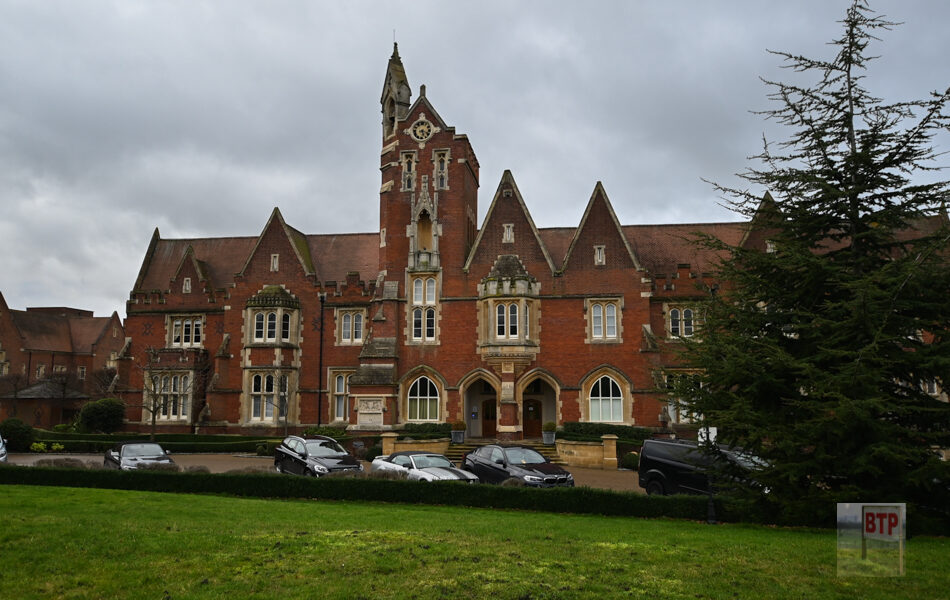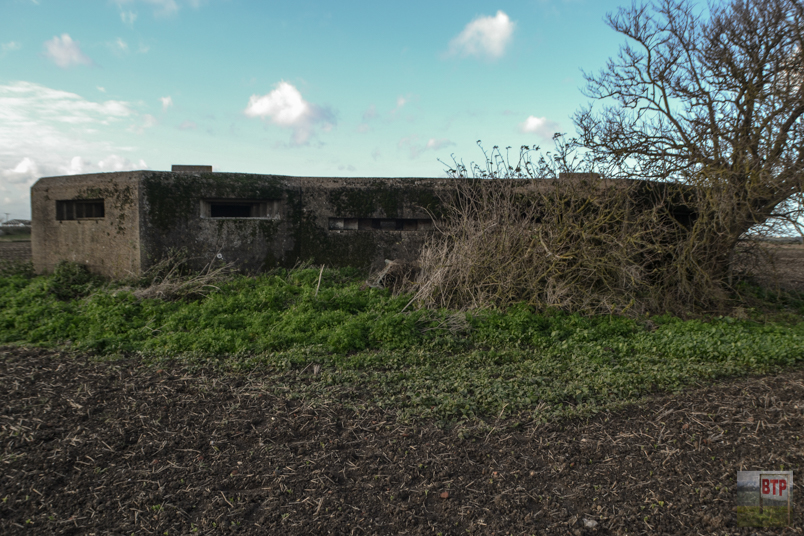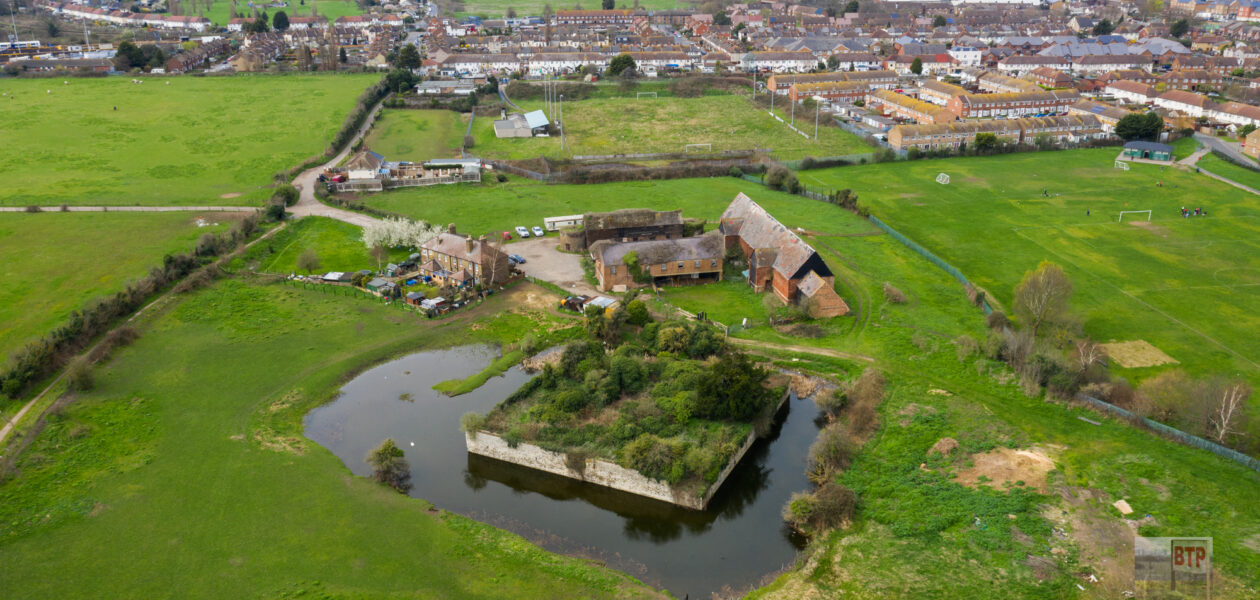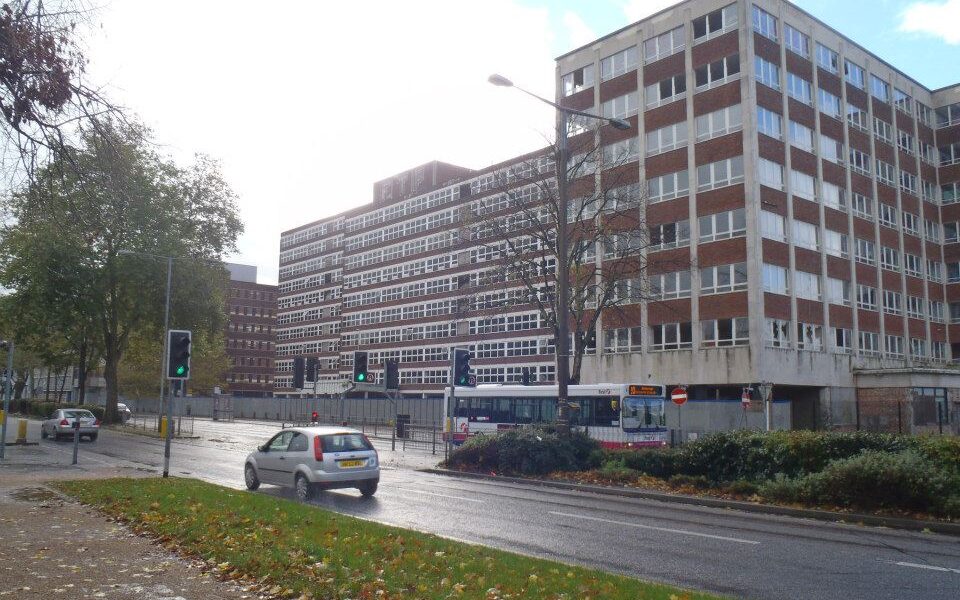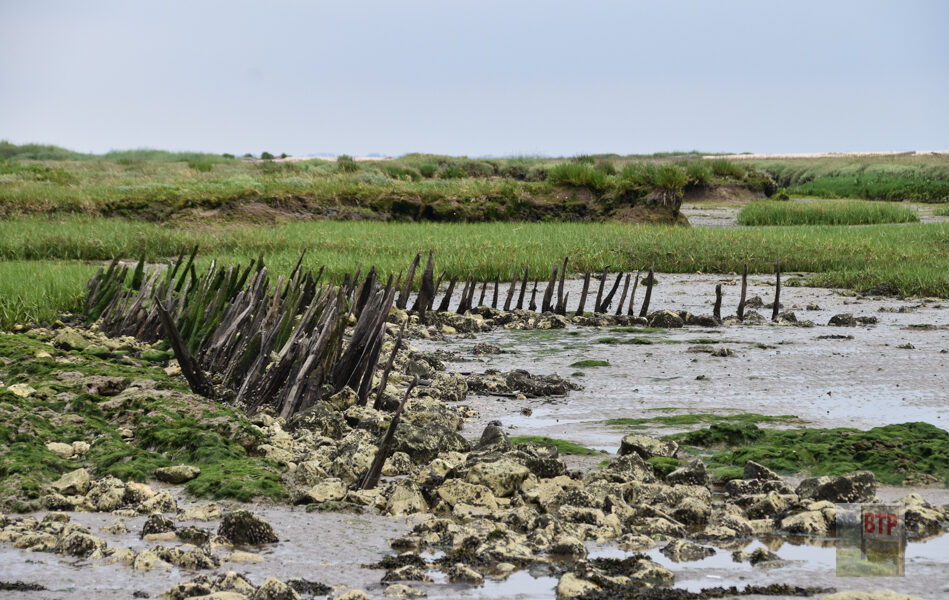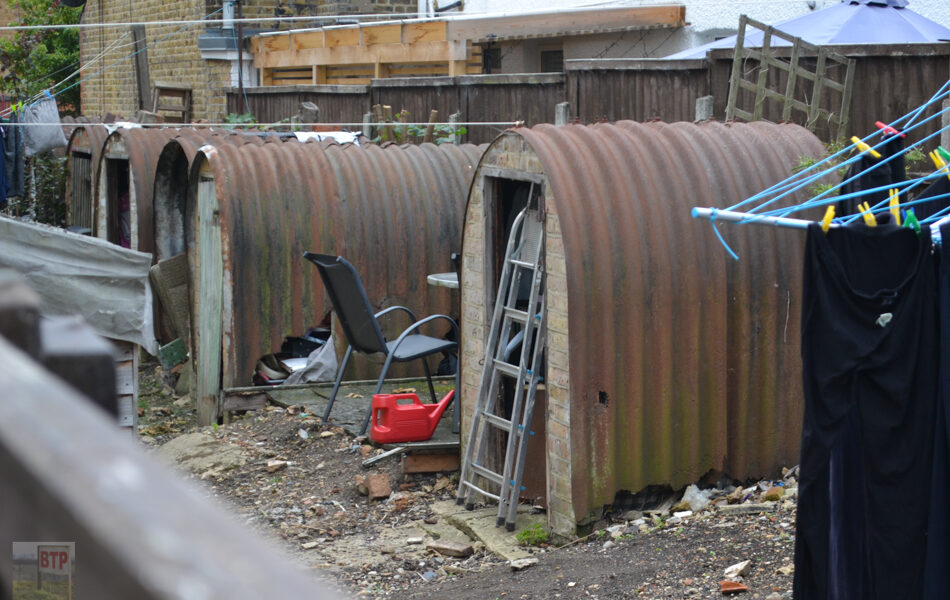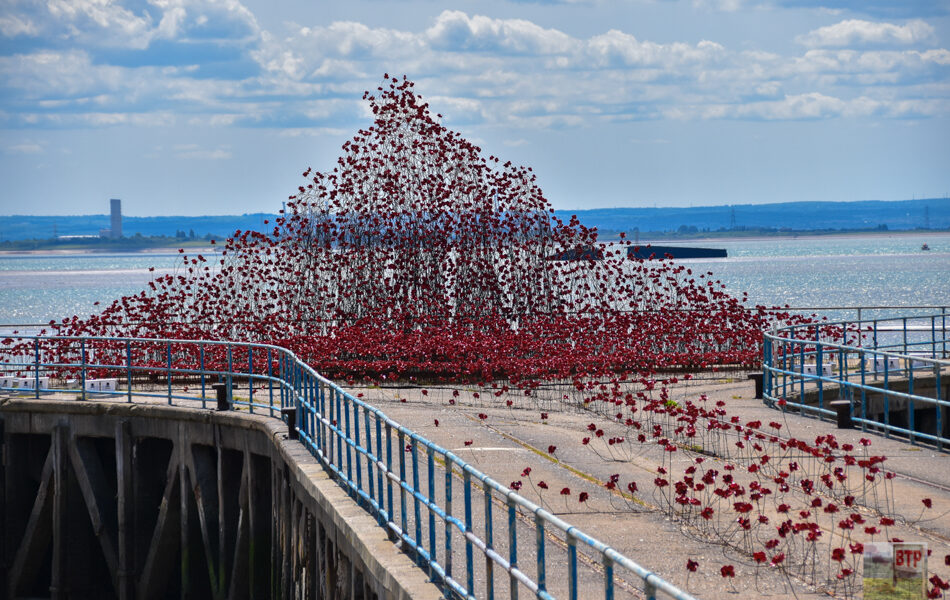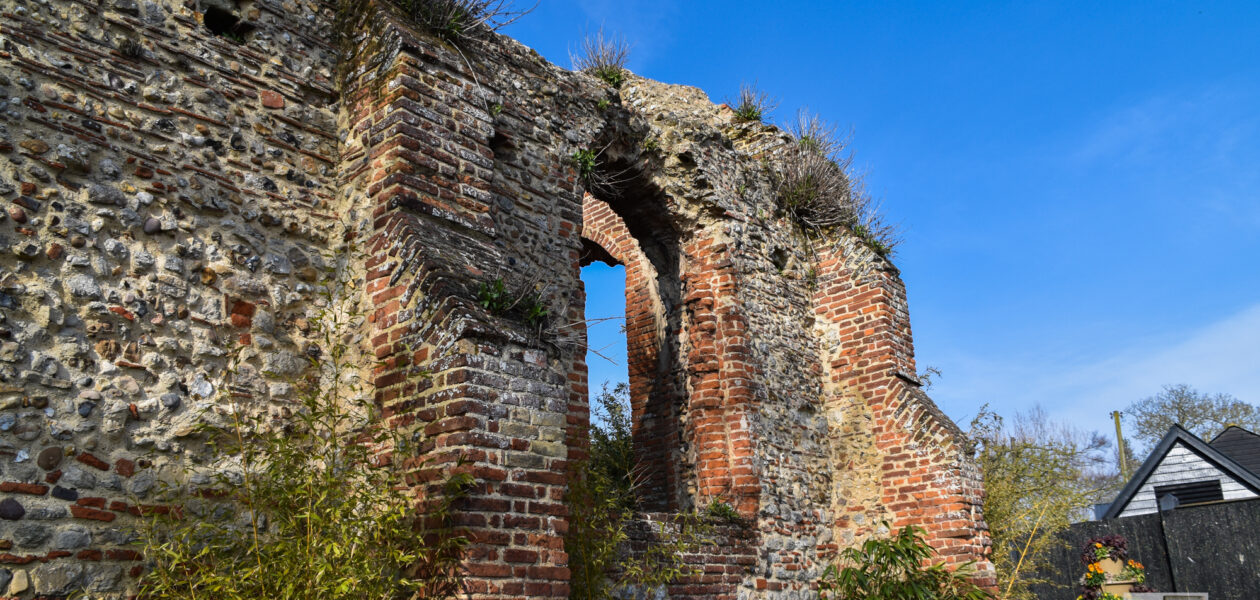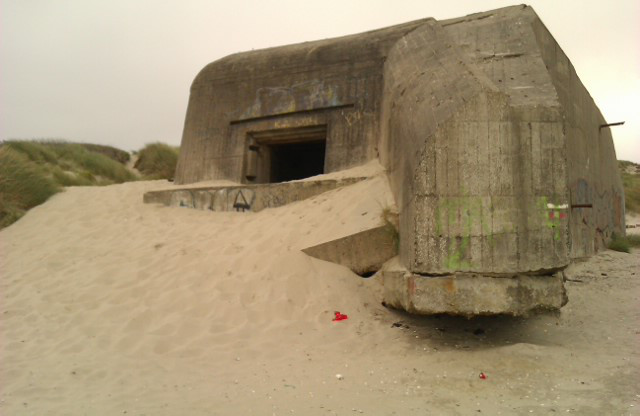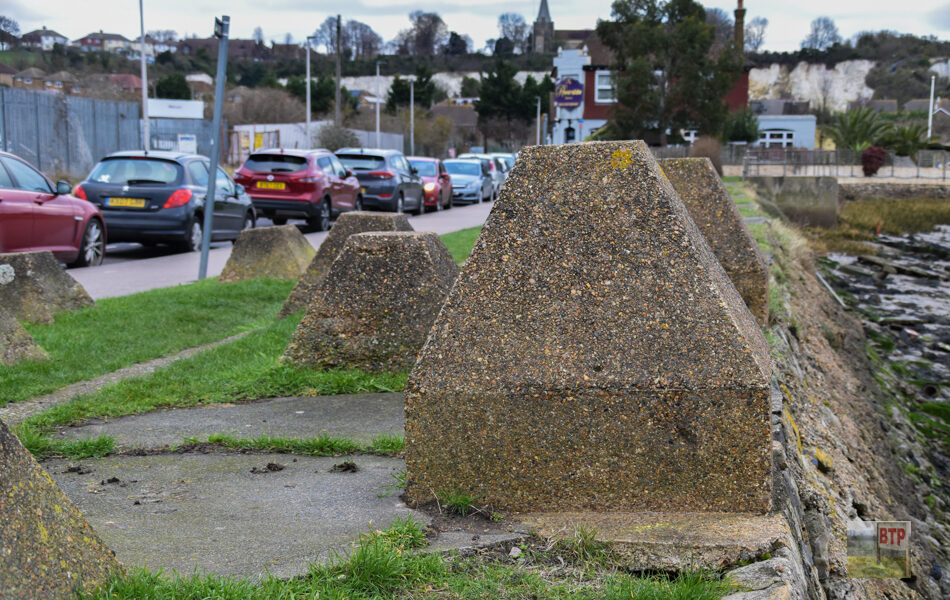Warley Asylum
Warley Hospital was the first County Asylum to be built in Essex, following the passing of the County Asylums Act. The first patients were first admitted in 1853; 130 out of a capacity of 300 although by the turn of the century the site had expanded and accommodated just short of 2,000 patients. Psychiatric Hospitals…
View More
